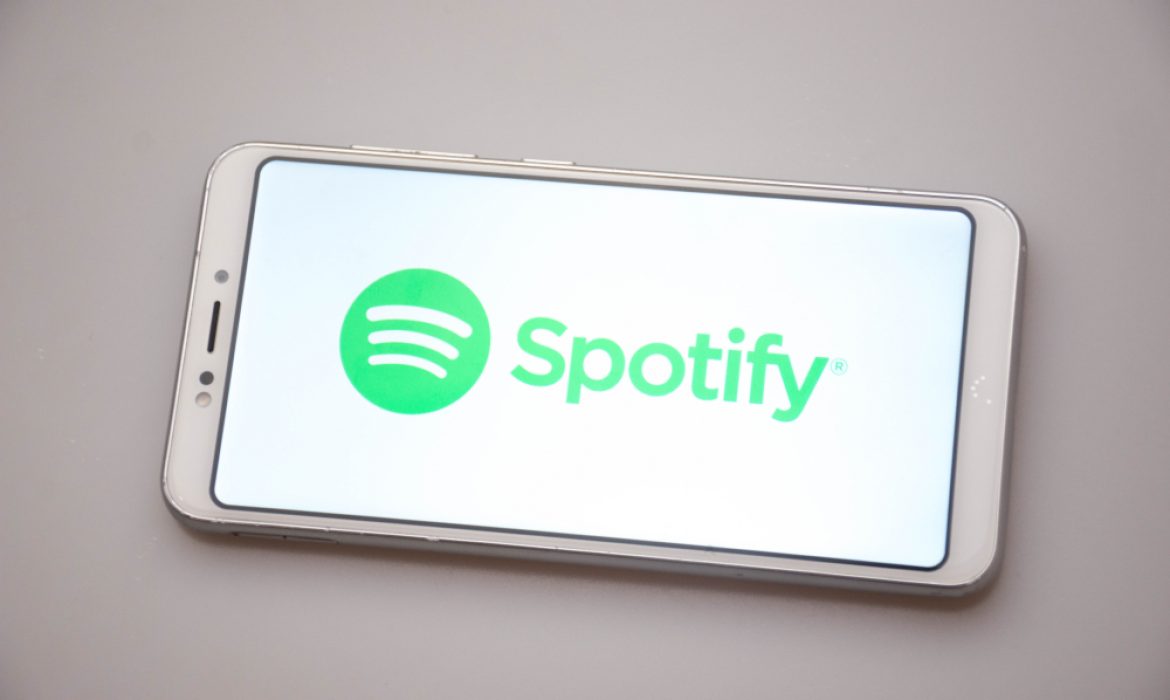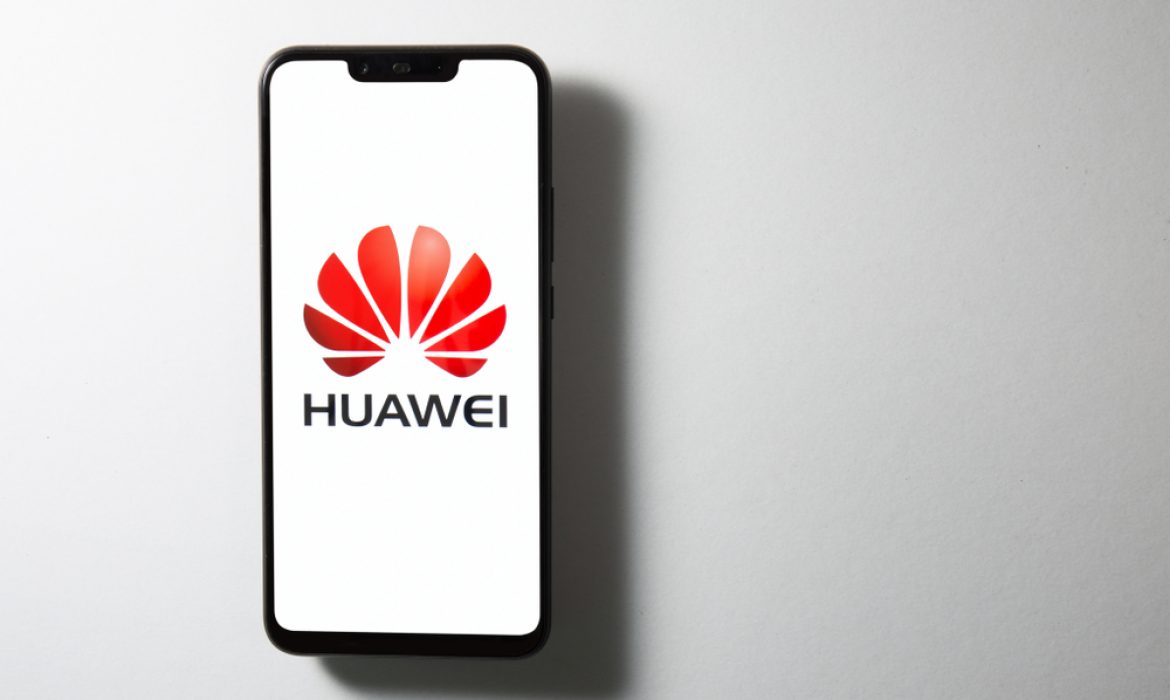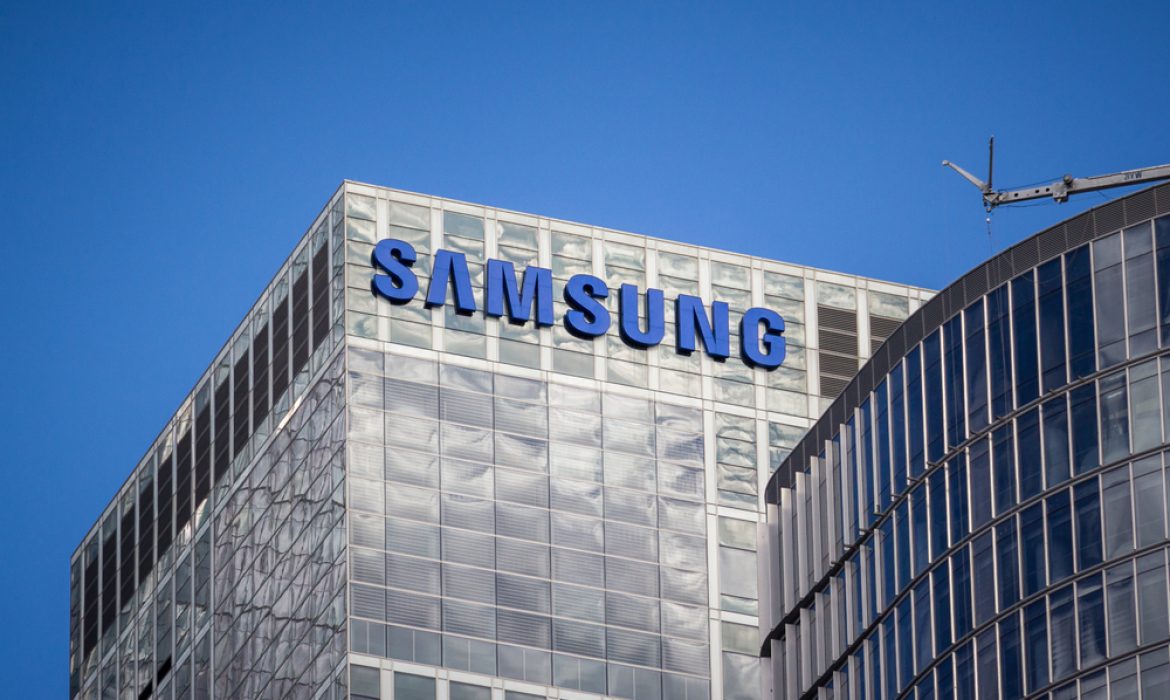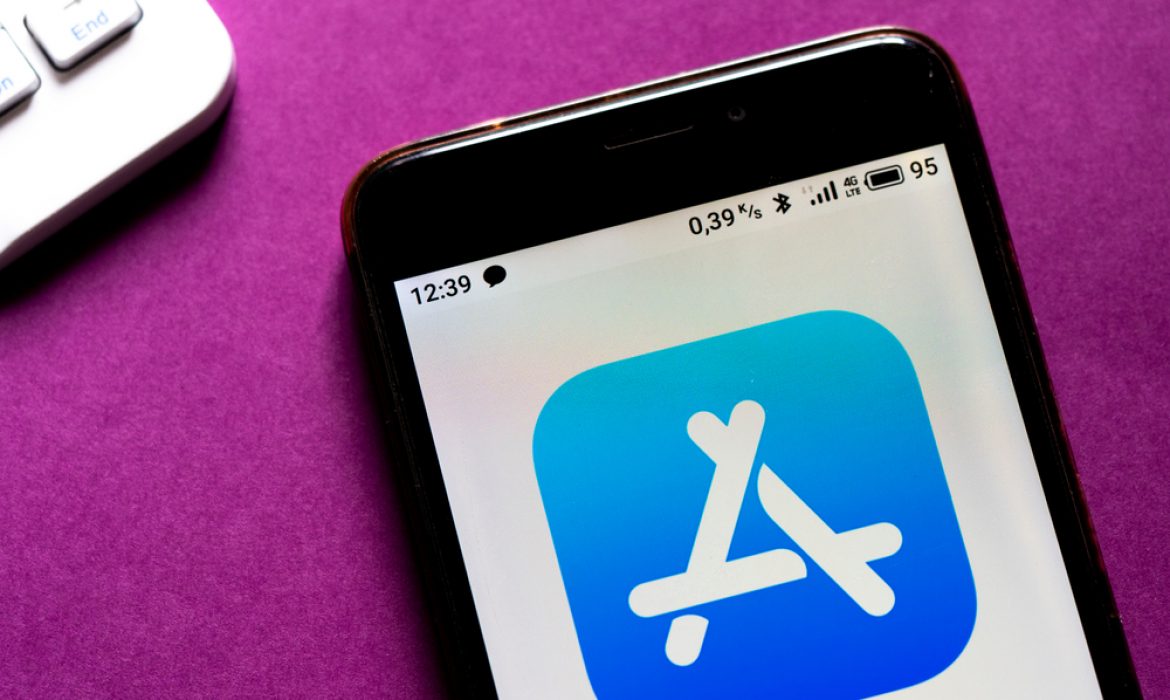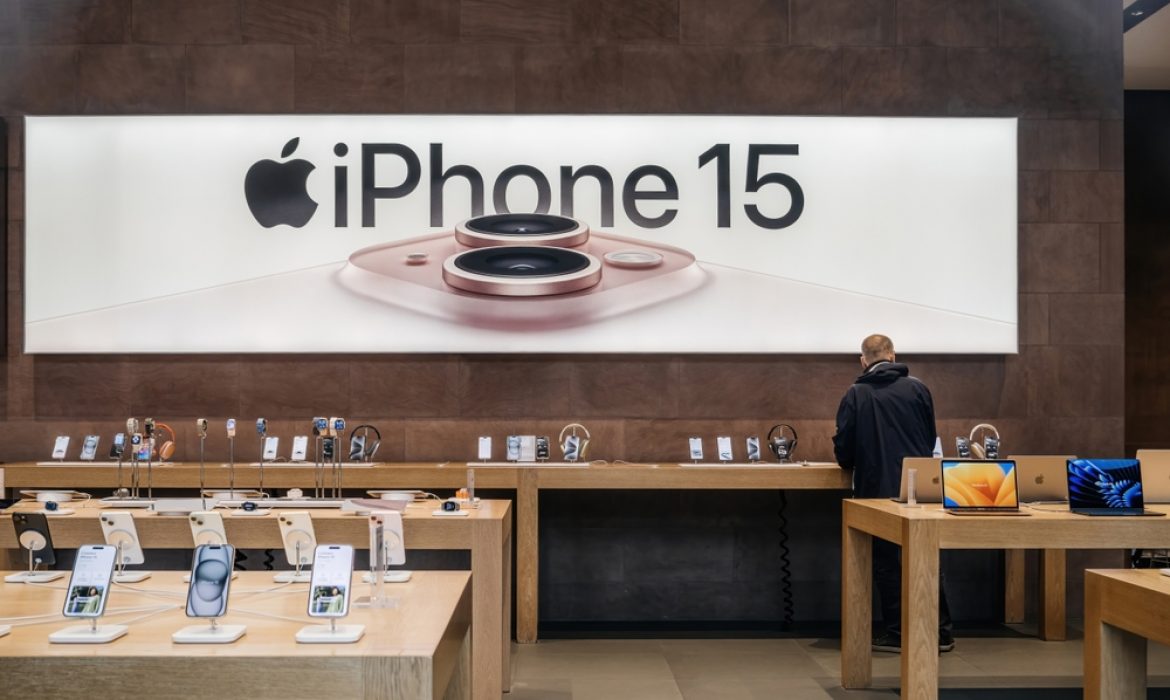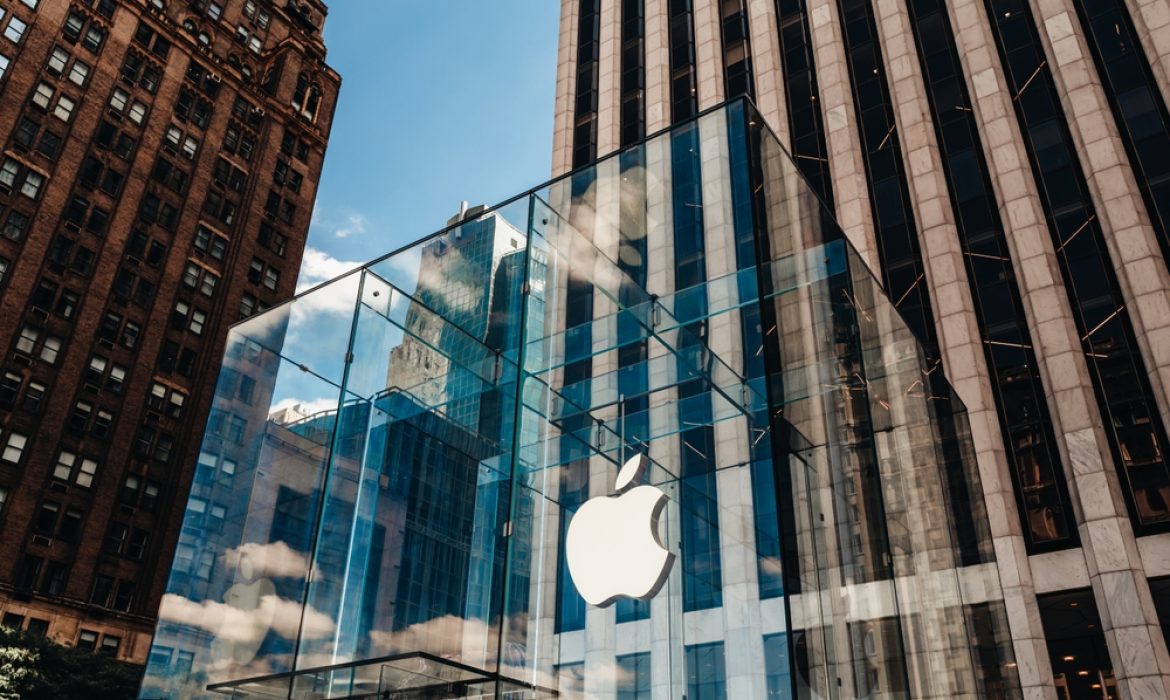Spotify Sees a Surge in Subscribers and Profits with a 14% Increase in Paid Channels
Spotify Technology SA shares experienced a significant boost, marking the largest one-day jump in nearly two years, following the announcement of a first-quarter profit. This surge is fueled by a considerable increase in the number of paid subscribers, which grew by 14% year-on-year to 239 million, matching analysts’ expectations.
Spotify’s total number of active users, including those on ad-supported plans, rose to 615 million, slightly below analysts’ forecast of 617.9 million. Despite this minor gap, the Swedish company demonstrated resilience and adaptability in a competitive market.
The company’s shares surged by 16%, reaching $314.80 in New York, the biggest intraday gain since July 2022. This upward trend is a reflection of Spotify’s continued success in diversifying its business model beyond music streaming, venturing into other audio entertainment categories, including audiobooks.
Spotify’s Strategic Shift in Business Model and Pricing
To maintain its growth trajectory, Spotify is evolving its business model. The company, known for its strict adherence to free-with-ads and paid-without-ads models, is experimenting with new pricing plans, including tiers without audiobooks for a lower monthly fee and music-only options. This shift comes after Spotify’s first price increase in more than a decade and plans for another hike by the end of the month.
Total revenue for the quarter rose 20% to 3.6 billion euros ($3.8 billion), with a net income of 197 million euros. The adjusted operating profit reached 168 million euros, a record high for the company.
Spotify’s push into audiobooks has gained traction, with 25% of users who have access to the offering clicking play at least once. Despite cuts in staff and podcast programs, Spotify continues to strengthen its position in the audio entertainment sector, renewing deals with key figures like comedian Joe Rogan and expanding distribution to platforms like YouTube and Apple Podcasts.
Outlook for the Second Quarter
Spotify expects to reach 631 million active users in the second quarter, with 245 million premium subscribers. While these figures are slightly below analysts’ forecasts, the company remains optimistic. Management anticipates sales of 3.8 billion euros, slightly above the average forecast of 3.76 billion euros, and an operating profit of 250 million euros, exceeding analysts’ predictions of 175.3 million euros.
For more details on Spotify’s first-quarter results and its future projections, visit Bloomberg.
Google Officially Joins the $2 Trillion Club: A Milestone in Tech History
Google, one of the world’s tech giants, has officially become a $2 trillion company, marking a significant milestone in its 25-year history. This achievement comes after a challenging year in which the company faced two major threats: the rapid rise of generative AI and increasing regulatory scrutiny. The impact of AI has been profound, leading to significant changes in Google’s search strategy, restructuring of its Search, Android, and hardware teams, and the launch of its own Gemini AI model.
To adapt to these changes, Google executives cut projects and laid off employees, and yesterday the company announced its first-ever dividend along with a $70 billion share buyback program alongside its Q1 2024 earnings report. The financial results were strong, with Google’s parent company Alphabet officially maintaining a $2 trillion market capitalization for an entire day of trading, a level it briefly touched in November 2021. This makes Google the fourth most valuable public company globally, trailing Nvidia ($2.2 trillion), Apple ($2.6 trillion), and Microsoft ($3.0 trillion).
Investors React Positively to Google’s Q1 2024 Earnings
Investors have welcomed the news, pushing Google’s stock upward after the Q1 2024 earnings report showed substantial growth. The company recorded $80.5 billion in revenue, a 15% increase year over year, and $23.7 billion in profit, a 14% increase over the previous quarter. The rise in revenue was largely driven by search and advertising, which each saw a 14% increase year over year. Additionally, YouTube ads grew by nearly 21%, and “subscriptions, platforms, and devices” saw an 18% rise due to premium YouTube subscriptions, as noted by Google chief business officer Philipp Schindler.
Google’s Strategies in Response to the Changing Tech Landscape
Google is finding innovative ways to monetize AI. For instance, the company is helping advertisers target people using its AI-driven Performance Max tool, with a reported 63% of advertisers having successful campaigns. Additionally, Google reported that Discover Financial is deploying AI tools to nearly 10,000 call center agents, and Ikea is seeing an increase in revenue from “value-based bidding solutions.”
Despite these strides in AI, Google remains cautious about disrupting search too much. CEO Sundar Pichai emphasized a measured approach, focusing on enhancing the search experience while prioritizing traffic to websites and merchants.
Google’s upcoming Google I/O developer conference on May 14th is expected to reveal more about the company’s plans and innovations in the tech sector.
For more information on this story, visit The Verge.
Tesla Profits Plunge 55% Amid Slower EV Sales and Rising Competition
Electric vehicle (EV) manufacturer Tesla has reported a dramatic 55% drop in profits in the first quarter of 2024, revealing that the EV market is under pressure from hybrid vehicles and other challenges. The company’s revenue also decreased, falling to $21.3 billion, a 9% drop from the previous year, raising concerns about the automaker’s future strategy.
Despite the challenges, Tesla CEO Elon Musk remained upbeat about the company’s direction, focusing on new products and technology. Tesla’s operating income decreased by 54%, largely due to unforeseen events, such as the Red Sea conflict and an arson attack at its Gigafactory Berlin. The company also mentioned that the slower ramp-up of the updated Model 3 at the Fremont factory contributed to the downward trend.
The EV market has faced increased competition from hybrids, with many automakers rethinking their approach to electric vehicles. Tesla’s CEO acknowledged this pressure, but he maintained that the company would continue to focus on pure electric vehicles, as he believes they will ultimately dominate the market. This strategic vision appeared to resonate with investors, as Tesla’s shares surged by 12% after the earnings release.
Tesla’s focus on future innovation was highlighted in its Q1 report, indicating that the company has been investing heavily in research and development, spending $1.1 billion in the first quarter, a 49% increase from the same period last year. Musk emphasized that the company is working on a new vehicle lineup and hinted at new models using a next-generation platform, with production expected in 2025.
However, Tesla’s strategy of price cuts to stimulate EV sales has taken a toll on its profits. The company delivered 386,810 vehicles in the first quarter, down 20% from the previous quarter and 8.5% from the same period in 2023. Automotive gross margins, excluding regulatory credits, also dropped, raising questions about the long-term sustainability of Tesla’s pricing strategy.
Tesla’s other projects, such as the Tesla Semi, have also experienced delays. Initially planned for 2019, the Semi’s mass production has been postponed to 2025, with external customer deliveries expected in 2026. Despite these setbacks, the company continues to make strides in other areas, like energy storage, where it recorded a record 4.1 GWh deployment in the first quarter, driving energy generation and storage revenue up by 7%.
For more details on Tesla’s Q1 earnings report and its strategic roadmap, visit TechCrunch.
Apple’s Losses in China: Huawei’s Gain
Apple’s iPhone sales have dropped by 19% in the first quarter of 2024, while Huawei saw a staggering 69.7% increase in sales during the same period, according to a report from Counterpoint Research. This trend highlights a significant reshaping of the competitive landscape in China, with Huawei’s resurgence reshuffling the market dynamics.
Huawei’s remarkable growth is driven by the successful launch of its 5G-enabled Mate 60 series, which has gained traction among consumers, especially in the premium segment priced above $600. The brand’s robust reputation, combined with its strategic marketing initiatives, has helped it reclaim a substantial market share. Despite Huawei’s impressive comeback, HONOR managed to post a healthy 11.5% year-on-year growth, thanks to popular models like the X50 and Play 40, which have bolstered its presence in offline channels.
Apple’s Sluggish Sales and Potential Rebound
Despite Apple’s decline, Senior Analyst Ivan Lam believes that the company’s fortunes could change. “We are seeing slow but steady improvement from week to week,” Lam remarked, noting that the release of new color options and aggressive sales strategies could help Apple rebound. The company’s upcoming Worldwide Developers Conference (WWDC) in June, where it is expected to unveil new artificial intelligence features, could play a critical role in reigniting consumer interest.
Counterpoint’s report points out that overall smartphone sales in China have increased by 1.5% year-on-year, indicating a possible recovery in the broader market. Vivo emerged as the top performer with a 17.4% market share, followed by HONOR at 16.1% and Apple at 15.7%.
Artificial Intelligence’s Role in Market Recovery
Counterpoint expects that integrating artificial intelligence features into smartphones could drive renewed interest in the market. Several Chinese brands, including Xiaomi and Oppo, have already integrated Qualcomm’s Snapdragon 8 Gen 3 processor, designed for AI applications, into their flagship devices. Honor’s latest Magic 6 Pro, featuring eye-controlled driving, is another example of innovative AI-driven functionality that could fuel consumer demand.
For more details, refer to Counterpoint’s full report on their website: Counterpoint Research.
Samsung Enters Emergency Mode with 6-Day Work Week for Executives
Samsung Group, one of South Korea’s largest conglomerates, has implemented a six-day work week for its executives amid growing business uncertainties. The decision follows a series of challenging market conditions, including a sharp depreciation of the Korean won, increasing oil prices, and high borrowing costs. This comes in response to the company’s major businesses posting lower-than-expected results in 2023.
Executives at Samsung Electronics Co., including heads of production and sales units, will now be required to work on either Saturday or Sunday, in addition to the regular five-day work week. The change aims to drive a strategic review of business operations and adapt to the evolving economic landscape.
An executive from Samsung Group remarked, “Considering the performance shortfalls in 2023, we are instituting a six-day work week for executives to instill a sense of urgency and to ensure we are prepared to navigate the current and future challenges.”
Executives across the Samsung Group, including Samsung Display Co., Samsung Electro-Mechanics Co., and Samsung SDS Co., will soon follow suit, with the change taking effect as early as this week. However, employees below the management level will continue to operate under the five-day work week, a policy that Samsung implemented back in 2003.
The move is not unprecedented in South Korea. Earlier this year, SK Group, a major energy and telecommunications conglomerate, reintroduced Saturday meetings for its executives, replacing a once-a-month weekday strategy committee meeting.
Samsung Electronics experienced a significant operating loss of 15 trillion won ($11 billion) in its semiconductor business in 2023, though the company recently reported an increase in operating profit in the first quarter of 2024. However, ongoing geopolitical tensions and market volatility may pose further risks to the company’s recovery.
For more information on Samsung’s business strategy and the impact of the 6-day work week, visit KED Global.
Goodbye App Store: Apple Finally Allows App Downloads from Third-Party Sites in the EU
Apple’s stronghold over iOS apps is undergoing a seismic shift in the European Union as the tech giant announces a groundbreaking change: the allowance of app downloads from third-party websites. This move, unveiled in compliance with the new Digital Markets Act (DMA), marks a significant departure from Apple’s traditional walled-garden approach, where all app distribution was funneled through its App Store.
According to a report by TechCrunch, Apple’s new directive permits developers meeting specific criteria to offer their iPhone applications for direct download from their own sites to EU users. However, this newfound freedom comes with strings attached. Developers must adhere to Apple’s terms and conditions, including a novel “core technology fee” of €0.50 for each first annual installation surpassing 1 million downloads, irrespective of distribution channel.
Moreover, developers opting for direct web distribution must maintain a stellar reputation, commit to handling intellectual property disputes and governmental takedown requests, and provide customer service—services Apple will not offer for externally downloaded apps. All distributed apps must also undergo notarization to ensure platform integrity.
For end-users, the process of downloading apps from third-party sources introduces additional layers of authorization, aiming to mitigate potential security risks. Initial downloads prompt users to authorize installations directly from developers, accompanied by subsequent warnings about the management of updates and purchases outside the App Store ecosystem.
While Apple justifies these measures as essential for user security, critics view them as “scare screens,” potentially dissuading users from exploring alternatives outside the App Store. The European Commission has expressed interest in scrutinizing Apple’s compliance with the DMA, particularly regarding app distribution and fee structures.
The introduction of web distribution for iOS apps offers developers an alternative avenue to reach users, alongside traditional App Store distribution and the option to host alternative stores on Apple’s platform. However, the extent of developer uptake remains uncertain, with Apple acknowledging that it’s a nascent capability whose adoption trajectory is yet to unfold.
As Apple navigates the evolving regulatory landscape in the EU, the implications of its newfound openness to third-party app distribution will continue to reverberate across the mobile ecosystem, reshaping the dynamics between developers, platforms, and users.
Apple Struggles Against Chinese Competitors as iPhone Shipments Decline
The global smartphone market witnessed a resurgence in the first quarter of the year, according to a report by IDC. However, amidst this overall growth, Apple Inc. faced a significant setback with a sharp decline in iPhone shipments, marking its worst performance since the onset of the Covid-19 pandemic.
Decline in iPhone Shipments
Since the launch of its latest-generation iPhone in September, Apple has encountered challenges in sustaining sales, particularly in China, the world’s largest smartphone market. IDC data reveals that iPhone shipments fell by 10 percent in the March quarter, amounting to 50.1 million units, below analysts’ forecasts. This decline, a 9.6 percent year-on-year drop, is the most substantial for Apple since the disruptions caused by the Covid-19 blockade in 2022.
Impact of Chinese Rivals
Apple’s struggle in China can be attributed to the resurgence of competitors like Huawei Technologies Co. and Xiaomi Corp., along with Beijing’s restrictions on foreign devices in workplaces. The competitive landscape has intensified, with Huawei’s unexpected comeback last year posing a formidable challenge to Apple’s share of the premium Chinese market.
Market Dynamics
While Apple faced a downturn, other players in the smartphone market experienced growth. Samsung Electronics Co. regained its lead in the March quarter, and budget brands like Transsion and Xiaomi recorded significant increases in shipments, narrowing the gap with Apple.
Insights from IDC
Nabila Popal, research director at IDC, commented on the changing dynamics of the smartphone market. Despite Apple’s resilience in recent years, maintaining its growth rate and peak share will be challenging, especially with the expected faster growth of Android in 2024.
Consumer Behavior and Strategies
Consumers’ preference for premium models, coupled with longer ownership cycles, has prompted a rise in average selling prices for phones. Apple, known for its premium pricing strategy, has resorted to discounts to stimulate sales, including discounts of up to $180 in China.
Outlook for Apple
Apple’s strategic focus on the Chinese market is evident from the recent opening of a flagship store in Shanghai’s financial center. However, the company faces the task of retaining its existing customer base while fending off competition from local players offering compelling alternatives.
Conclusion
Despite Apple’s historical resilience, the latest data underscores the challenges it faces in maintaining its position in the global smartphone market, particularly in China. As competition intensifies and consumer preferences evolve, Apple must adapt its strategies to navigate the ever-changing landscape.
BlackRock Assets Soar to Record $10.5 Trillion Amid Market Surge
BlackRock, the world’s largest asset manager, has reported record-breaking assets under management (AUM) of $10.5 trillion in the first quarter of the year, accompanied by a remarkable 36% surge in profit. The company attributed this exceptional performance to the buoyant global equity markets, which propelled investment advisory and administration fees.
The first quarter witnessed a notable rally in global stock markets, driven by the anticipation of major central banks pivoting towards interest rate cuts rather than tightening monetary policies. The MSCI’s global stock performance gauge surged by 7.7%, while the S&P 500 experienced a substantial 10% jump during this period.
BlackRock’s AUM experienced a remarkable 15% surge compared to the previous year, while its investment advisory and administration fees climbed nearly 8.8% to reach $3.63 billion. Larry Fink, the company’s chairman and CEO, expressed optimism about the future, citing unprecedented opportunities for BlackRock, its clients, and shareholders. He highlighted potential investment avenues in artificial intelligence, specific emerging markets, and infrastructure development.
In line with its expansion strategy, BlackRock announced the acquisition of Global Infrastructure Partners for $12.5 billion in January, aiming to venture into private markets and alternative assets through infrastructure investments globally. The acquisition is expected to be finalized in the third quarter of the year.
Despite the impressive financial results, BlackRock observed a decrease in total net inflows to $57 billion from $110 billion the previous year. This decline was partly attributed to seasonal outflows from institutional money market funds at the end of March. However, BlackRock’s President, Rob Kapito, noted that inflation concerns and an inverted Treasury yield curve were impacting allocations to fixed income.
Analysts foresee a potential resurgence in asset management industry flows following interest rate cuts, which could incentivize the movement of cash into riskier assets. Exchange-traded funds (ETFs) captured the majority of inflows, with BlackRock’s iShares Bitcoin Trust drawing significant attention, amassing $14 billion in net inflows since its launch in January.
BlackRock’s total revenue surged by 11% to $4.73 billion in the quarter, driven by higher performance fees and technology revenue, as well as the impact of higher markets on average AUM. The company’s robust performance underscores its position as a leading provider of investment management and technology services globally.
Telegram Surpasses Expectations with Positive Cash Flow in Q1
Telegram, the popular messaging app, has achieved positive cash flow in the first quarter of this year, marking a significant milestone for the company. Founder Pavel Durov announced that the messenger ended the quarter with a positive balance and is on track to turn a profit by the end of 2024, defying earlier projections that profitability might not be achieved until 2025.
Rapid User Growth Fuels Optimism
Durov revealed in an interview with the Financial Times that Telegram now boasts a staggering 900 million monthly users, with half of them engaging with the platform on a daily basis. This growth trajectory has positioned Telegram as one of the top six most downloaded apps worldwide, according to data from DataAI. Such rapid expansion has bolstered optimism within the company, with projections suggesting that Telegram could potentially reach billionaire status by the year’s end.
Successful Bond Sale and IPO Plans
In March, Telegram secured $330 million through a bond sale, with demand surpassing expectations, indicating investor confidence in the platform’s future prospects. Durov also disclosed that Telegram’s valuation currently stands at $30 billion, with plans to launch an initial public offering (IPO) by March 2026, further solidifying its position in the market.
Opaque Ownership Structure Raises Questions
Despite its financial success, Telegram’s ownership structure remains opaque, leaving many questions unanswered about who exactly finances the platform. The company’s decade-long journey of unprofitability has not hindered its rapid growth, fueled by non-public investor backing. Previous attempts at monetization, including advertising and premium subscriptions, fell short of covering costs, underscoring the challenges of sustaining profitability in the highly competitive tech landscape.
Monetization Efforts Underway
In a bid to diversify revenue streams, Telegram launched monetization options for channel owners on March 31. However, these features have yet to be implemented in Ukraine, where discussions among government officials regarding the regulation of social networks and messaging platforms, particularly Telegram, continue to unfold.
As Telegram navigates its path towards profitability and further expansion, its ability to capitalize on its vast user base while addressing regulatory challenges will be crucial in shaping its future trajectory in the dynamic tech industry.
Apple Delves into Home Robotics as Next Frontier Amidst Automotive Setback
Apple Inc. is embarking on a venture into personal robotics, aiming to carve a niche in what could be its next major breakthrough, insiders reveal.
Engineers at Apple have been delving into the realms of home robotics, concocting ideas for a mobile bot capable of trailing users throughout their households. Additionally, they’ve devised an advanced table-top home device employing robotics to maneuver a display, sources familiar with the matter disclose.
Despite being in the embryonic stages, this venture reflects Apple’s pressing need for fresh revenue streams. Following the abandonment of its electric vehicle project in February, coupled with the slow trajectory of its mixed-reality goggles initiative, the tech giant is eagerly seeking alternative growth avenues.
Venturing into robotics offers Apple a promising trajectory into consumers’ domestic spaces, capitalizing on the strides made in artificial intelligence. However, the specifics of Apple’s approach remain shrouded in ambiguity, with internal debates still ongoing.
Apple’s foray into robotics unfolds within its hardware engineering division and AI and machine-learning group, spearheaded by John Giannandrea. Matt Costello and Brian Lynch, executives specializing in home products, are at the helm of hardware development. Nonetheless, Apple has yet to commit to either project formally, deeming them still in the nascent research phase.
The news of Apple’s robotics exploration received a lukewarm reception from investors, with stock gains tapering post Bloomberg’s disclosure. Conversely, shares of iRobot Corp., renowned for its Roomba line, briefly surged, indicative of investor optimism surrounding Apple’s potential ventures in this domain.
Having pivoted away from automotive pursuits post the EV project’s demise, Apple is redirecting its focus toward areas like the smart home market, where it hopes to solidify its standing.
Apple’s visionary table-top robotics project initially captivated senior executives, including hardware engineering chief John Ternus. However, internal debates continue to swirl around its feasibility and consumer appeal.
Apple maintains a clandestine facility near its Cupertino campus, resembling a typical household interior, serving as a hub for testing future home-centric innovations. Among these endeavors, Apple is contemplating a new home hub device, potentially integrating an iPad-like display.
While the iPhone remains Apple’s flagship revenue generator, the company is ardently pursuing its “next big thing.” However, replicating the unparalleled success of the iPhone presents a daunting challenge.
Nonetheless, Apple’s arsenal boasts a slew of projects, including an upgraded Vision Pro, touch-screen Macs, AirPods with built-in cameras, and cutting-edge health technologies. Augmenting this lineup, robotics and AI hold promise, despite Apple playing catch-up in certain facets.
Should Apple’s robotics endeavors progress, it would join the ranks of tech titans like Amazon, which introduced its Astro model in 2021. However, mainstream adoption remains a hurdle, with products like the Roomba vacuum enjoying enduring popularity.
While Apple‘s car ambitions fizzled out, the project catalyzed advancements that underpin subsequent initiatives. For instance, the neural engine, originally conceived for automotive applications, now bolsters Apple‘s AI capabilities across its product spectrum.
As Apple seeks to redefine the future of home robotics, the company is actively recruiting talent to bolster its burgeoning teams.
An excerpt from a job posting on Apple‘s website underscores the company’s dedication to shaping the future of robotics: “Our team works at the intersection of modern machine learning and robotics to shape the AI that will power the next generation of Apple products. We are looking for innovative and hardworking ML and robotics researchers and engineers that help us research, define, and develop complex intelligent robotic systems and experiences in the real world.”
Source: Bloomberg
